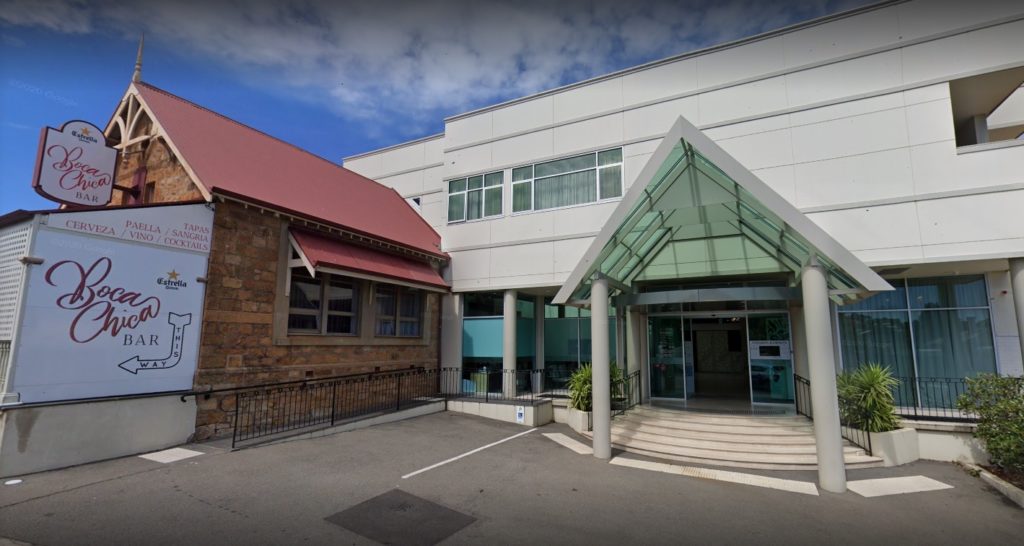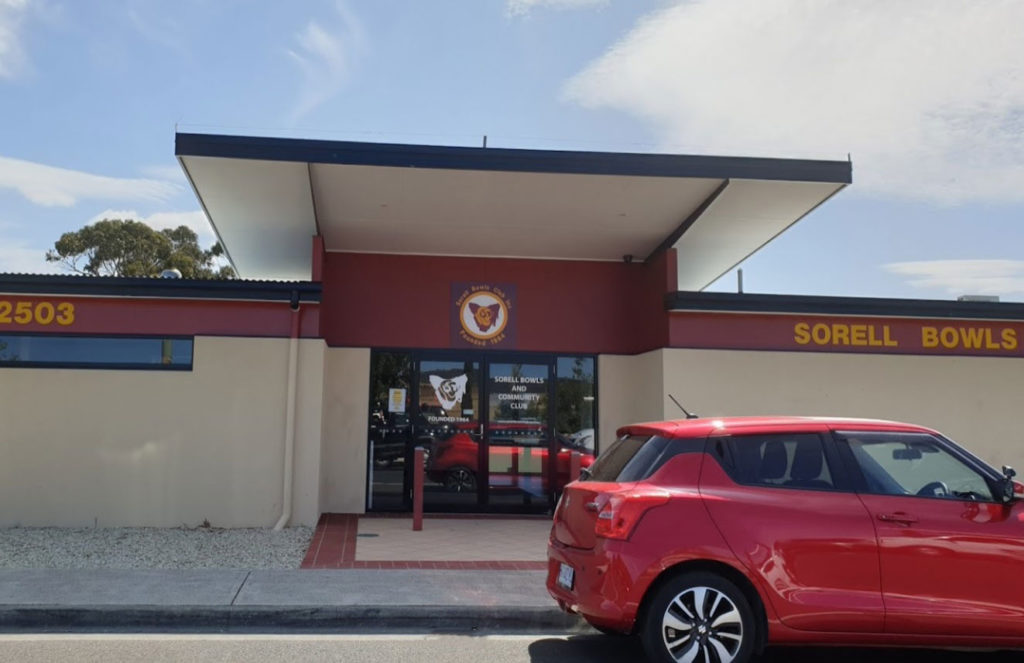Introduction
In emergencies, recognizing how to do CPR (Cardiopulmonary Resuscitation) can be the difference in between life and death. Whether you're a layman or somebody in the clinical field, recognizing the fundamentals of CPR is necessary. This detailed guide will certainly stroll you with the necessary steps and strategies required for efficient mouth-to-mouth resuscitation, emphasizing its importance in conserving lives.
From understanding what CPR is to finding out about the most up to date standards and methods, this guide aims to supply useful understandings into just how you can be gotten ready for emergencies.
How to Do mouth-to-mouth resuscitation: A Beginner's Overview to Life-Saving Techniques
CPR is a lifesaving method made use of in emergency situations when a person's heart has stopped beating or they have actually stopped breathing. Knowing exactly how to carry out mouth-to-mouth resuscitation can dramatically increase the opportunities of survival up until professional medical help arrives.
Understanding the Significance of CPR
Why is mouth-to-mouth resuscitation Crucial?
The primary objective of executing CPR is to preserve blood circulation and oxygenation to essential organs, particularly the brain. When somebody's heart quits, they might lose consciousness within secs, and brain damage can occur within mins without blood circulation. Therefore, prompt action with CPR can save a life.
Statistics on Survival Rates
According to numerous researches, immediate mouth-to-mouth resuscitation can increase or even triple a victim's chance of survival. The American Heart Organization reports that approximately 350,000 heart attacks occur outside medical facilities every year in the United States alone.
Basic Elements of CPR
1. Examining the Situation
Before you start administering mouth-to-mouth resuscitation, guarantee it's secure for both you and the target. Search for indications of responsiveness. If they're less competent and not breathing (or gasping), it's time to act.
2. Asking for Help
Call emergency solutions right away or ask someone else to do so while you start administering care.
3. Starting Chest Compressions
- Place your hands over the center of the chest. Use your body weight to compress down set at a rate of 100-120 compressions per minute. Ensure that each compression is about 2 inches deep however not greater than 2.4 inches; this aids stay clear of incorrect compression depth.
4. Supplying Rescue Breaths (if trained)
If you're trained in rescue breaths:

- Give 30 breast compressions complied with by 2 rescue breaths. Ensure each breath lasts about one second and makes the breast surge visibly.
Using an AED: How to Utilize It
An Automated External Defibrillator (AED) is an important device that can bring back a normal heart rhythm during heart attack:
Turn on the AED. Follow audio/visual prompts. Attach pads as shown on the device. Allow it to analyze heart rhythm and adhere to guidelines accordingly.CPR for Different Age Groups
Understanding age-specific standards can make all the difference when performing CPR:

Infant CPR Technique
For infants under one year:
- Use two fingers for compressions in the center of their chest. Provide gentle smokes instead of forceful breaths.
Child vs Adult Techniques
For kids aged one year up until puberty:
- Use one hand for compressions if required but go for a depth comparable to adults.
Special Situations Requiring Advanced Resuscitation Skills
Certain circumstances demand innovative strategies:
CPR for Sinking Victims
Drowning targets call for immediate rescue breaths before compressions because of potential hypoxia.
Sports-related Heart Arrests
In sports settings, know just how particular activities pose dangers and adjust your method accordingly.
Workplace Emergency situation Strategies: Being Prepared at Work
Having an emergency response plan at work can guarantee everybody knows what actions to take throughout a crisis:
Conduct routine training sessions. Ensure accessibility of emergency treatment kits and AEDs. Designate duties among employee for swift emergency situation response.Household CPR Preparedness: Preparing Your Home for Emergencies
Having a plan in the house enhances your family members's security:
- Keep an upgraded list of emergency contacts near phones. Have a conveniently available emergency treatment package with fundamental products including handwear covers and masks.
Local mouth-to-mouth resuscitation Courses: Where Can You Get Certified?
Enrolling in neighborhood courses will certainly equip you with hands-on abilities essential for effective performance:
Check community centers or medical facilities providing courses. Look online for certifications readily available in your area.Online mouth-to-mouth resuscitation Certification: Flexible Learning Options
With innovation at our fingertips, on the internet sources provide adaptability:
Courses are commonly readily available at any time. Make sure they adhere to acknowledged standards like those from Red Cross or AHA.CPR Certification Demands in Australia
Different areas have differing demands relating to certification credibility period:
Typically legitimate for three years; check regional regulations. Regular refreshers are recommended through proceeding education and learning courses.Latest Guidelines on Doing Mouth-to-mouth Resuscitation in Australia
Stay updated with present methods recommended by wellness authorities:
Review adjustments each year by means of healthcare magazines or websites. Pay interest throughout re-certification programs as they reflect these updates.FAQ Section
What must I do if I'm not sure about offering rescue breaths?
If you're awkward providing rescue breaths, emphasis only on chest compressions until aid gets here; this is still extremely effective!
Can I make use of an AED on myself if I'm unconscious?
No! AEDs are made for use on others only; always look for aid from someone nearby if incapacitated.
What's the misconception bordering "mouth-to-mouth resuscitation always restarts heart"?
It's vital to keep in mind that while lots of people think this myth, the majority of cases require more clinical intervention beyond initial resuscitation efforts.
Are there details guidelines based on age?
Yes! Standards differ dramatically in between grownups, children, and infants; familiarize yourself with these age-specific protocols!
How frequently ought to I freshen my skills?
It's a good idea to revisit training every 2 years or after considerable guideline updates from acknowledged agencies like AHA or Red Cross.
Is it legal to perform mouth-to-mouth resuscitation if I'm not certified?
Yes! Do-gooder laws commonly protect people that offer assistance during emergencies as long as activities are sensible provided their Enroll in CPR Courses Sydney level of training!
Conclusion
Knowing just how to carry out CPR efficiently can save lives-- yours included! By understanding necessary strategies such as examining circumstances promptly making use of AED devices correctly while sticking strictly age-based methods ensures far better end results during emergencies!
Remember-- the more prepared you are with training courses certifications-- the better impact you'll have when confronted with real-life crises! So don't wait-- enlist today!

In summary, whether you're interested in taking neighborhood courses or seeking online accreditation possibilities-- there's no time at all like currently! Prepare yourself today due to the fact that every Sydney First Aid 2nd counts when it comes down conserving lives via proper application Cardiopulmonary Resuscitation approaches offered right here throughout "Just how To Do Mouth-to-mouth resuscitation: A Newbie's Guide To Life-Saving Methods."
First Aid Pro is one of Sydney’s leading providers of accredited CPR and first aid courses. Established in 2012, our nationally registered training organisation (RTO) has equipped over 2.6 million Australians with essential life-saving skills through our experienced team of over 110 expert trainers. Conveniently located in the heart of Sydney at Chambers Arcade Level 15, Suite 1501/370 Pitt Street, Sydney NSW 2000, we offer top-quality, nationally accredited CPR and first aid training sessions tailored to your needs—whether for workplace requirements, career advancement, or personal safety. From childcare-specific first aid to advanced first aid and resuscitation, we’ve got you covered! Secure your Sydney first aid course or CPR training with us and build the confidence to handle emergencies with a trusted Sydney first aid provider. Take the first step towards becoming a skilled and capable first aider with First Aid Pro today! Call today on 08 7120 2570.